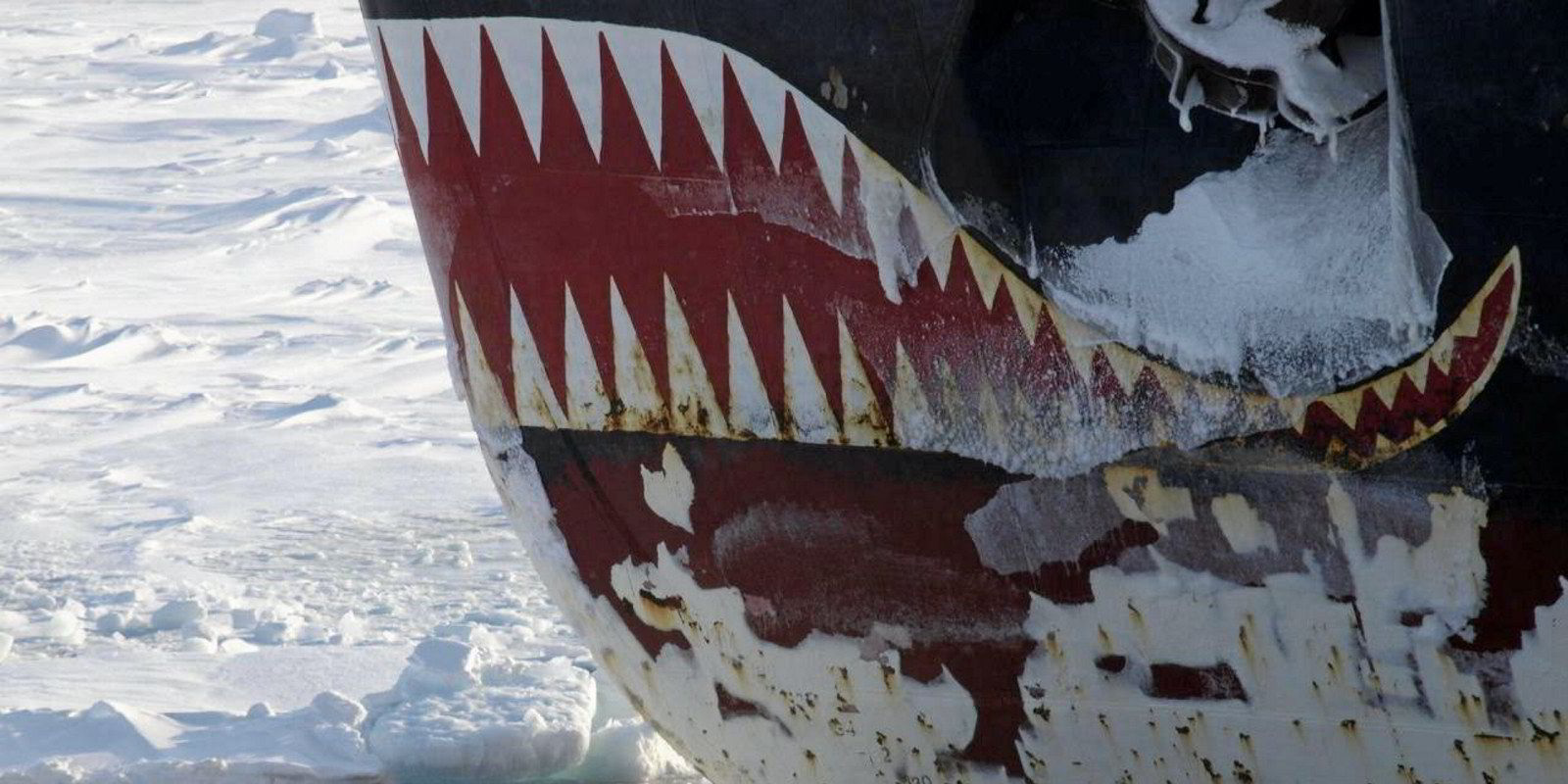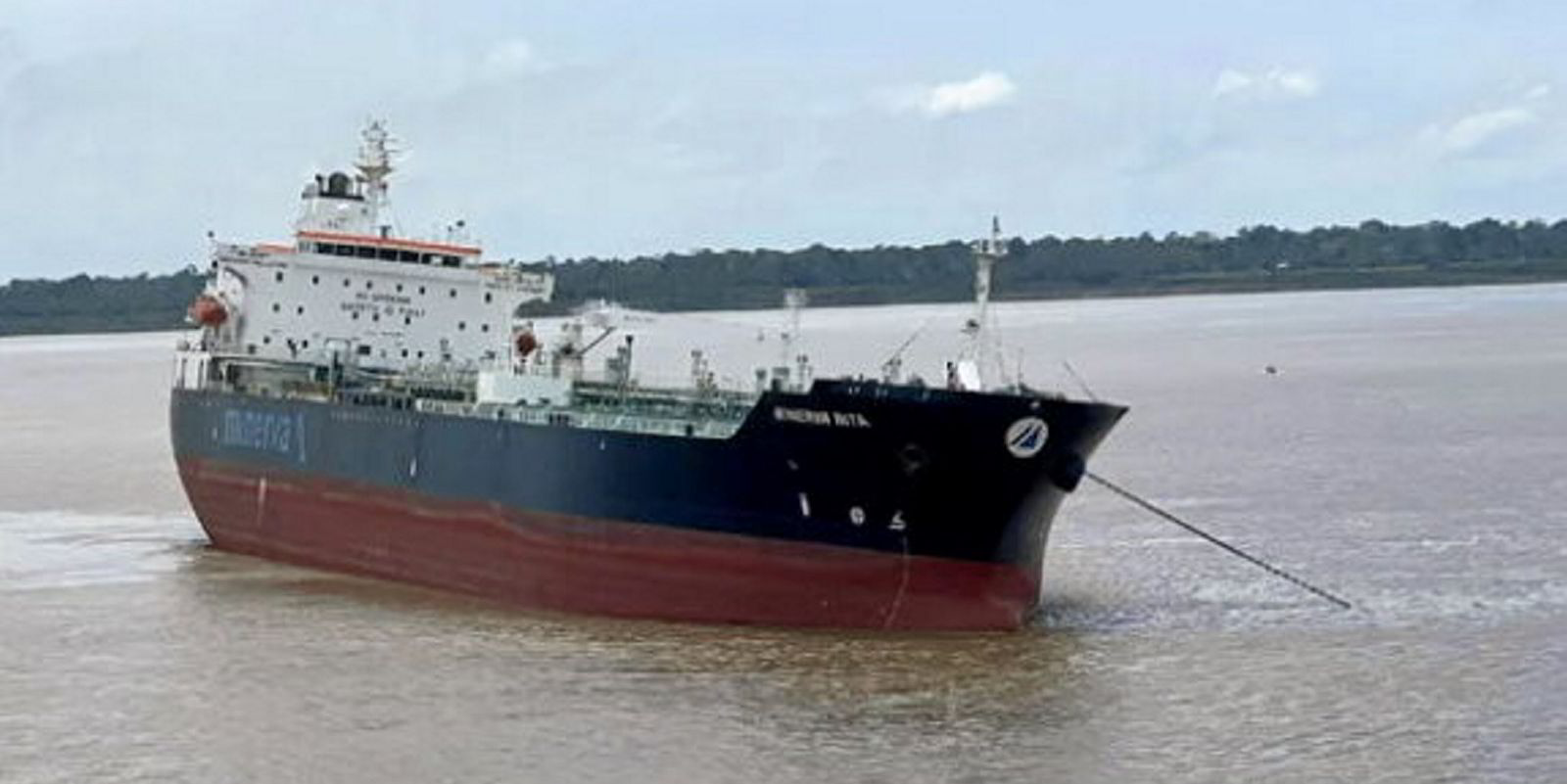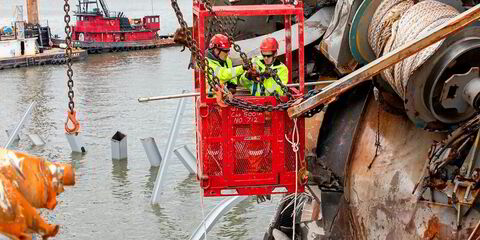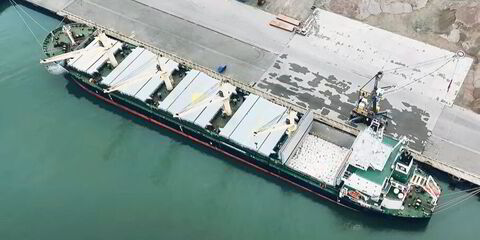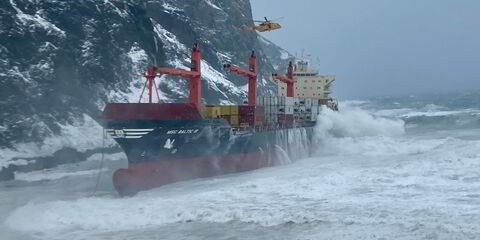The COP28 climate talks in Dubai have been cracking on, with the usual cries of success or failure from delegates while the maritime world carries on as normal — or maybe not.
Who would have thought that in recent weeks there would have been a 20% slump in vessels able to use the vital global artery of the Panama Canal because of drought: not as much water as usual?
Who would have believed that an MR tanker, the 51,000-dwt Minerva Rita (built 2005), would be marooned in the Guajara Canal, part of the Amazon River, again because of drought?
Conversely, we have the Russian government trumpeting its plan to open up the Northern Sea Route for year-round navigation with a pilot programme beginning next month.
This move is not because of too little water, of course, but because of more water as the Arctic ice cap melts for the same reason as drought in Latin America: climate change.
These are isolated issues plucked from the news but they tell a wider story that global warming is having a significant impact on shipping already.
The Kremlin is keen to take advantage of the warming temperatures off northern Siberia to promote a new East-West trade route that could knock valuable days of shipping compared with going through the Panama Canal or around South Africa’s Cape of Good Hope.
There will always be winners and losers in all these changes: plenty of dry bulk shipowners are doing nicely out of a spike in freight rates due to congestion around the Panama Canal.
Alan Cumming, the head of dry freight shipping at trader Trafigura, expects the Panama Canal disruption to affect rates in 2024 — to the detriment of shippers and end users of bulk cargoes.
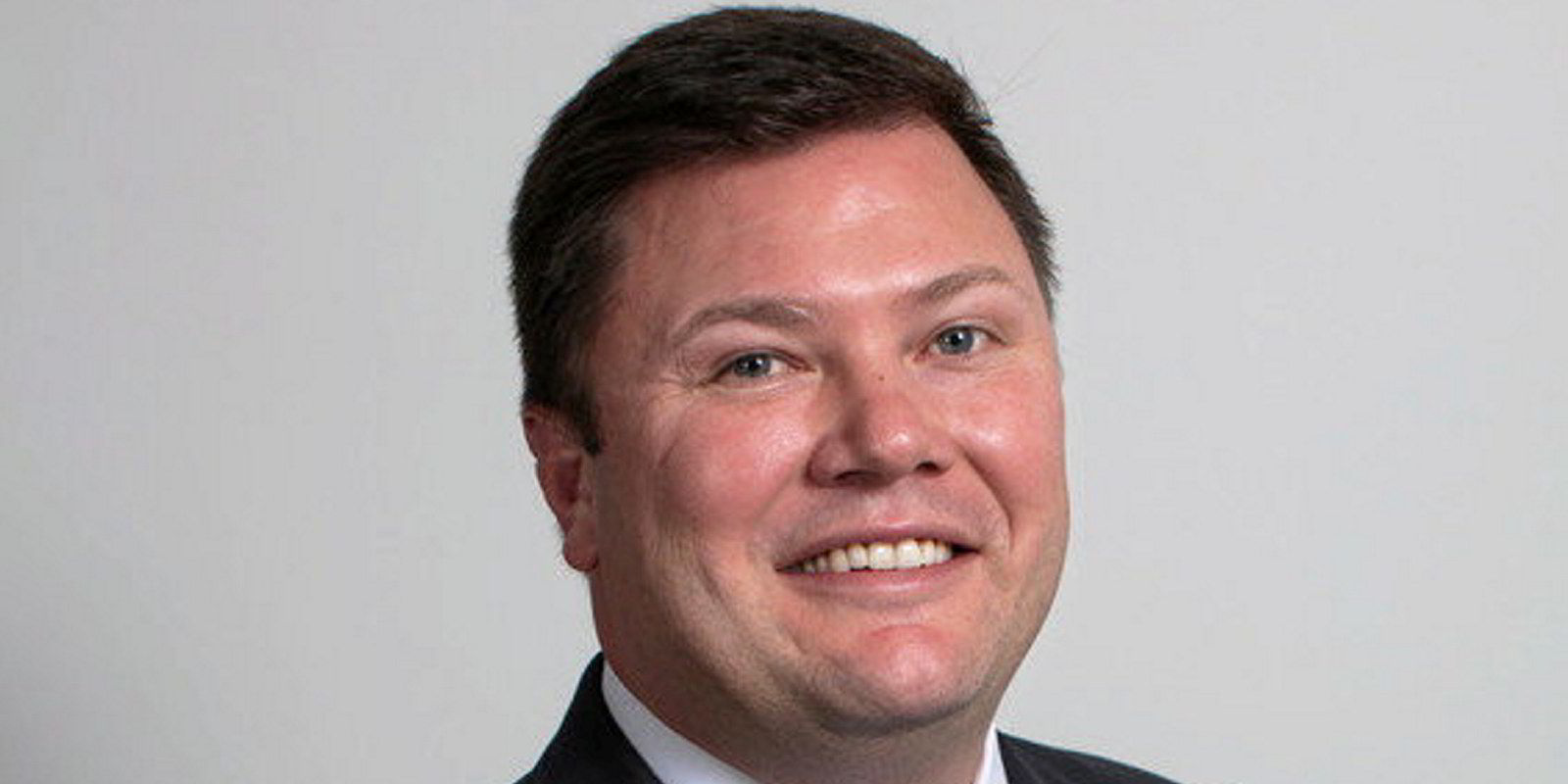
Steve Gordon, managing director of Clarksons Research, has warned that sailings will be cut in half by February — and that could last into 2025, hitting LPG trades because they lack priority in the booking system.
Chemical tanker operator Stolt-Nielsen has stopped using the Panama waterway because it is “unreliable”, while liner operators have started to impose substantial surcharges for transits.
This disruption comes as some shipowners are avoiding another global choke point — the Middle East’s Strait of Hormuz and the Suez Canal — due to attacks on vessels amid the war in Gaza.
Back in the Amazon, restrictions on inland navigation have been introduced to tackle low water, stopping vessels visiting the port of Manaus and forcing them to unload cargo at other ports on barges.
Alianca, the Brazilian feeder vessel operator for AP Moller-Maersk, declared force majeure on cargoes to Manaus in October. CMA CGM has introduced a low-water surcharge.
Barge and ferry operators on the Madeira and Tapajos rivers have been able to carry only half-loads, to increase buoyancy.
Pilots working in the area have introduced a “drought tax”, and shipowners using the region need to check daily for the dos and don’ts at the current time, according to Norwegian mutual insurer Gard.
Jeremy Nixon, chief executive of Ocean Network Express, claims weather-related factors are now the most dominant factor influencing global liner schedules and points to growing problems in western and southern Africa, as well as elsewhere.
Reinsurer Swiss Re estimates that US thunderstorms, floods in New Zealand and other natural catastrophes cost the insurance sector $50bn in losses in the first half of this year. The bill for 2023 is expected to top $100bn. It won’t stop there. Some reinsurance premia rose by 200% last January.
COP28, with its debate about the phasing out of fossil fuels, is no abstract talking shop but one related directly to whether floods, fires and droughts worsen in the years to come.
The Kremlin’s Arctic sea route being open 12 months a year is not a cause for celebration, it’s a warning.(Copyright)
